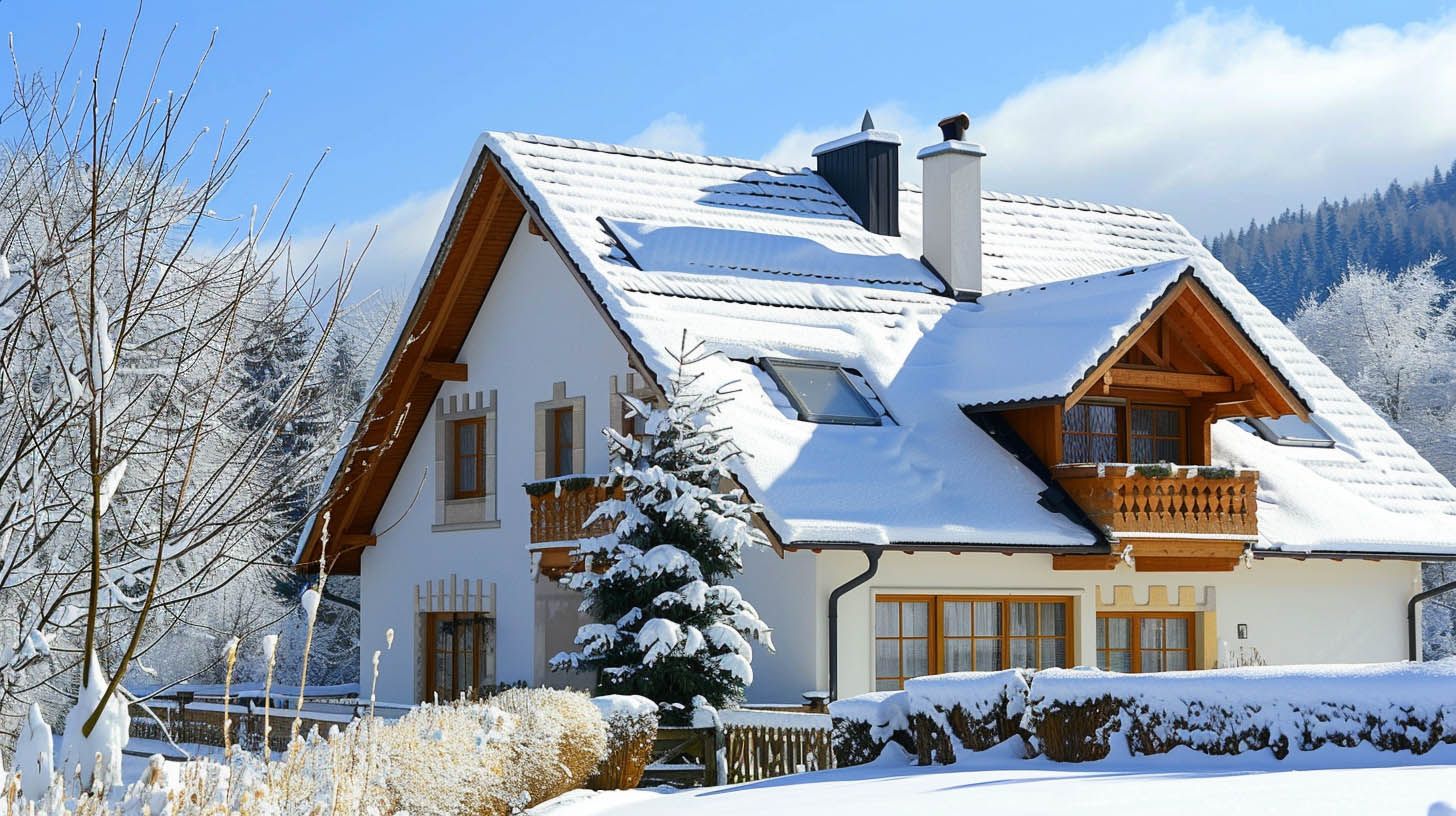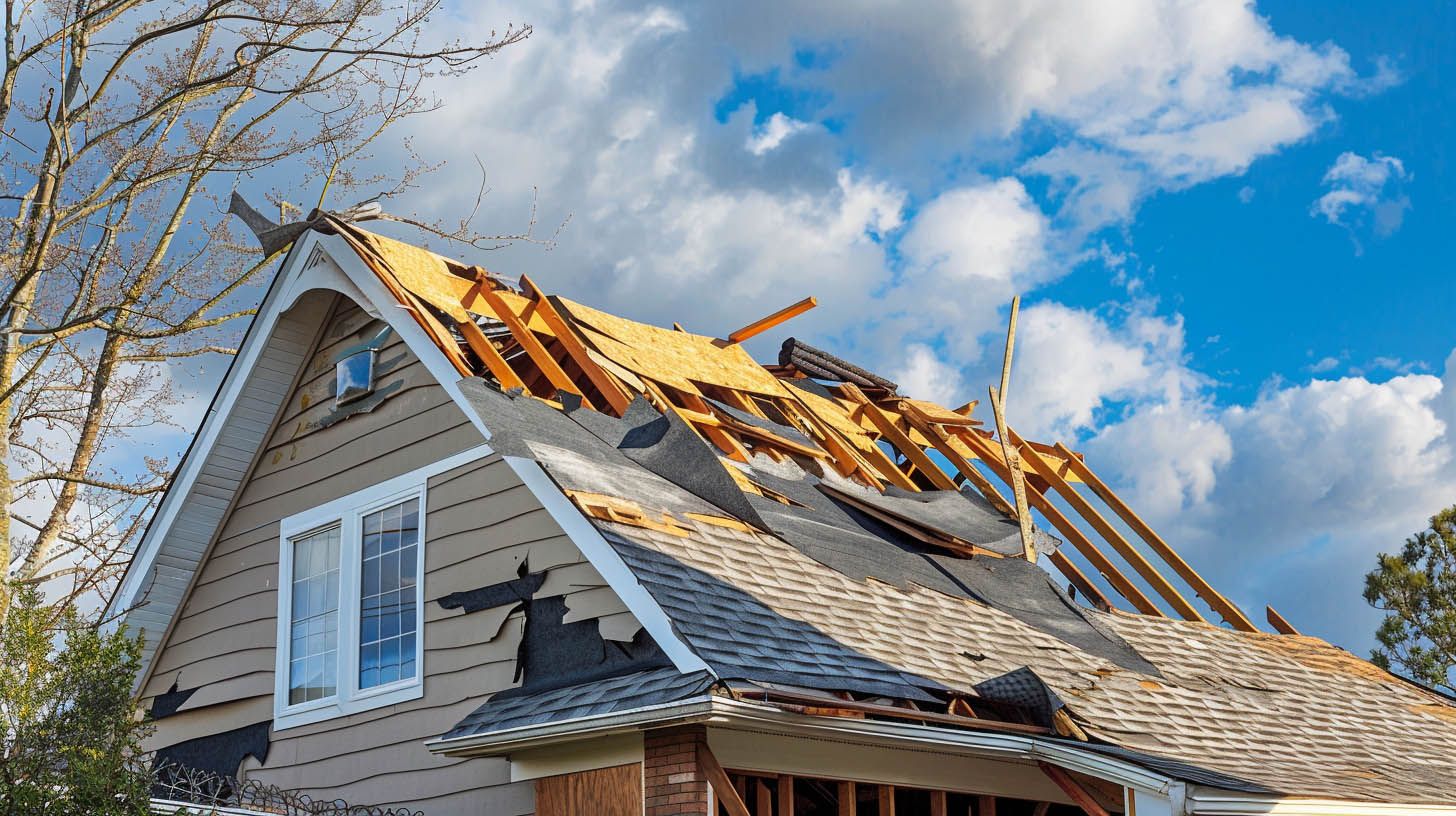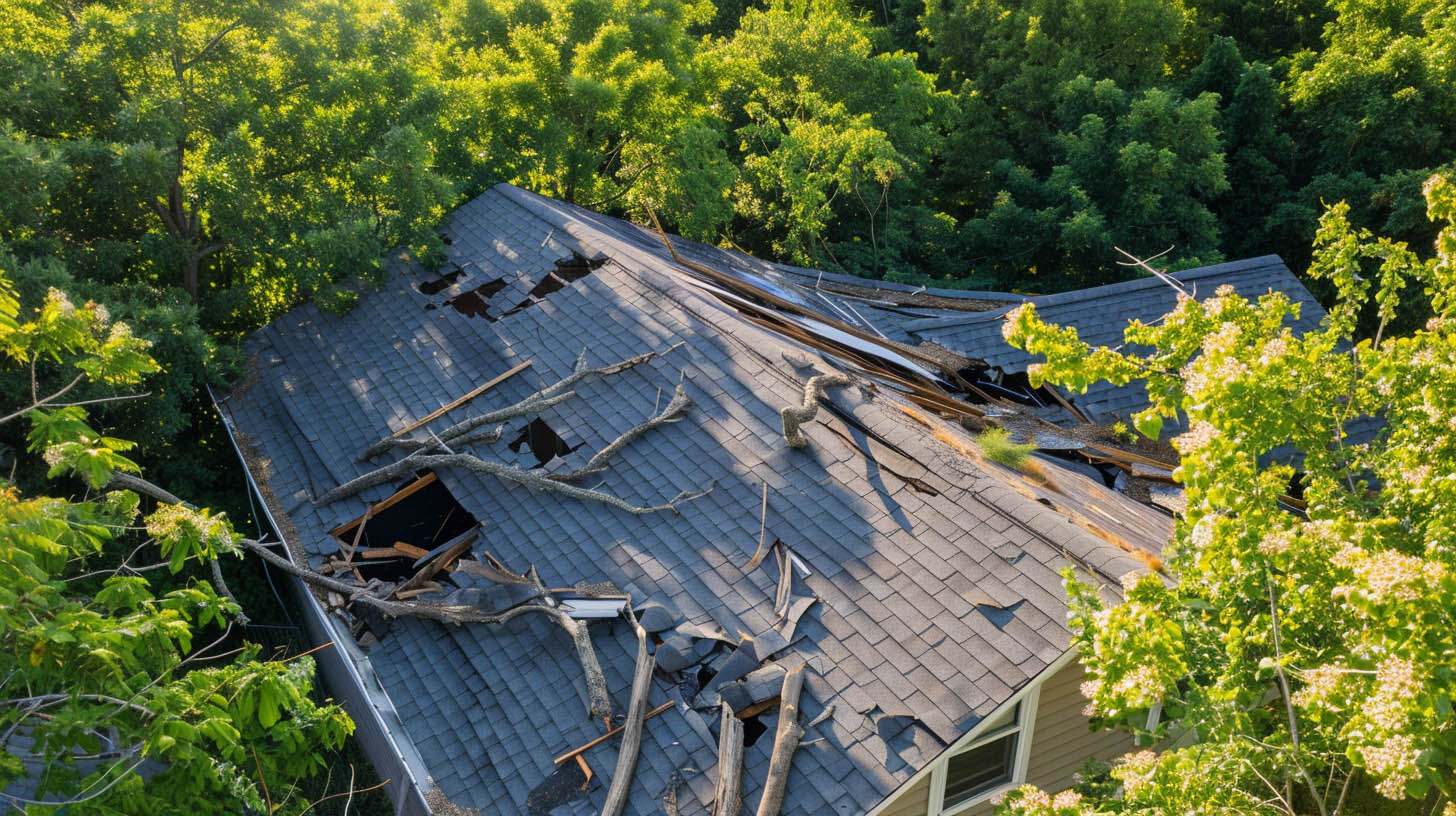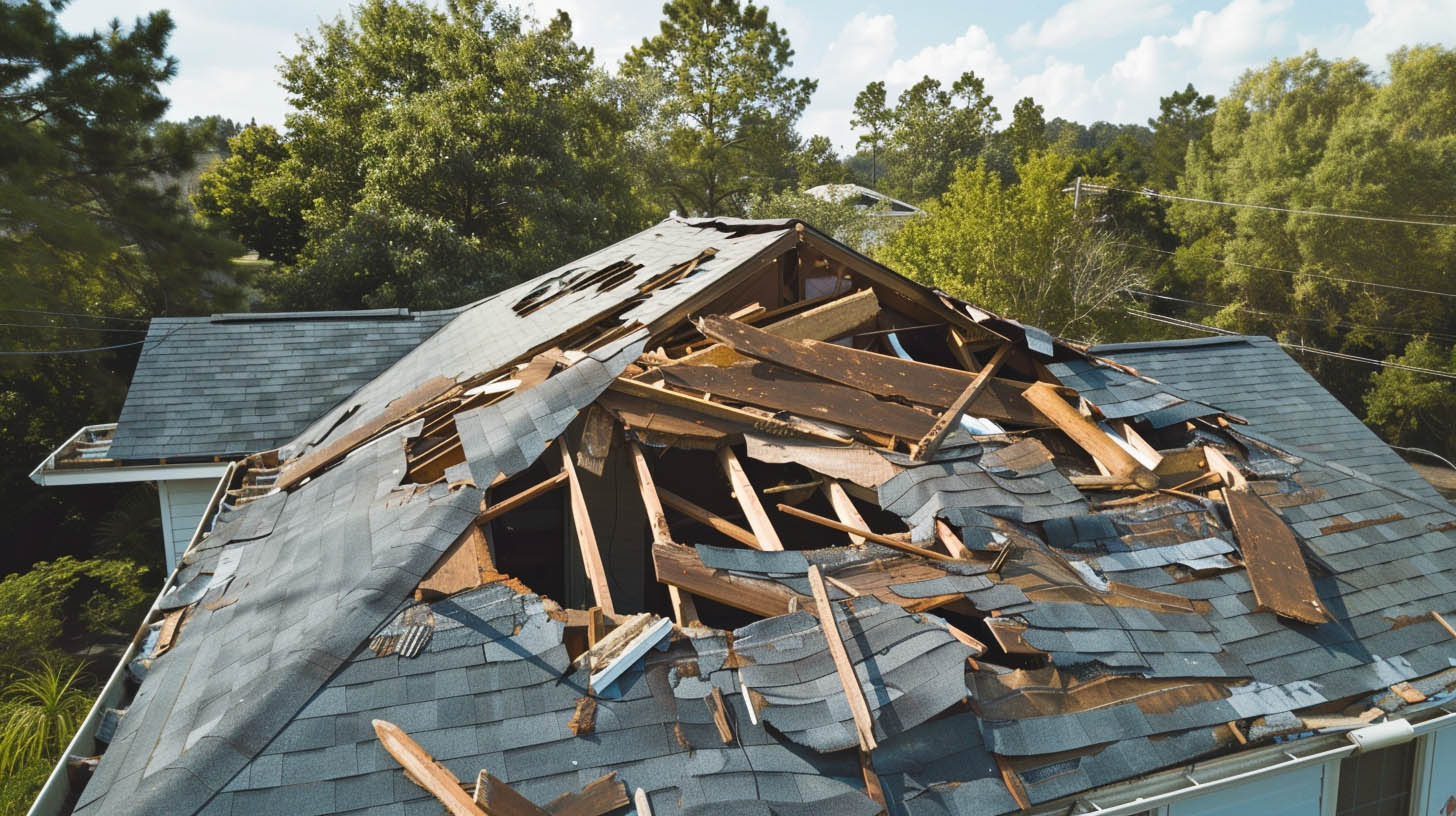How Climate Affects Roof Material Selection
Selecting a new roofing material is one of the most important decisions you will make for your home. Here at Boss Roofing Siding Experts, our mission is to keep your family safe and dry. That begins with understanding how the local climate in Rockford, IL, influences your roofing choices. Your roof must be able to handle our unique weather, and we are here to guide you toward the best decision for long-lasting protection.
The Importance of Climate in Roof Material Selection
Climate influences the selection of roofing materials significantly, dictating various performance factors such as insulation, durability, and energy efficiency. Roofs must withstand local weather patterns, which can include extreme weather conditions like heavy snowfall, high winds, or humidity. Choosing the right roofing material requires careful consideration of these elements, ensuring optimal resistance to temperature changes and moisture levels. This not only impacts the longevity of the roof but also affects energy costs and indoor temperatures, making climate a critical factor in decision-making.
Key Factors to Consider for Rockford, IL Homes
Selecting the right roofing material for homes in Rockford, IL, involves careful consideration of several key factors. The region experiences extreme weather conditions, including heavy snowfall and high moisture levels, necessitating materials with excellent insulation and weather resistance. Moreover, local building codes play a crucial role in determining the most suitable roofing options. Energy efficiency is vital, as well; reflective materials or coatings can contribute to energy savings by minimizing heat absorption during summer’s high temperatures while maintaining indoor temperatures comfortably.
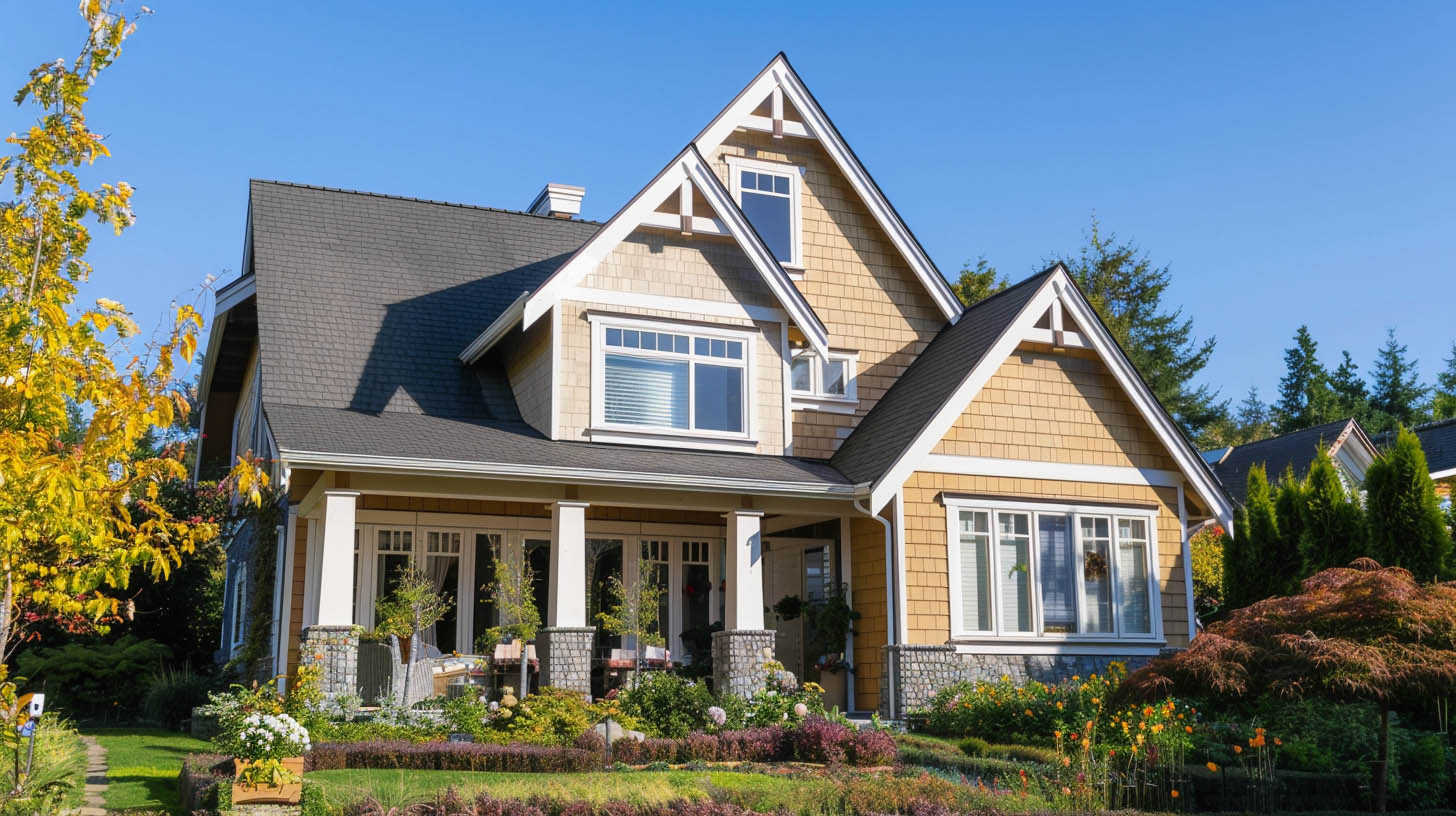
Role of Local Weather Patterns on Roofing Choices
Local weather patterns significantly influence roofing choices, necessitating careful consideration of how materials respond to specific climate conditions. For instance, areas with high humidity require roofing options with excellent insulation and resistance to moisture, reducing vulnerability to mold and decay. Meanwhile, homes in regions with heavy snowfall benefit from durable materials designed to withstand heavy snow loads and resist heat gain. Understanding these unique challenges ensures property owners select the right roofing material that aligns with local climate demands, enhancing energy efficiency and durability.
Common Roofing Materials and How They Respond to Weather
There are many types of roofing available, and each roofing material responds differently to weather. Some offer excellent weather resistance against rain and snow, while others are known for their ability to reflect sunlight during high temperatures. Understanding these differences is key to making an informed choice that suits your home and our local climate.
Your decision will influence everything from durability to the level of maintenance required. In the following sections, we will explore how two of the most popular materials, asphalt shingles and metal, perform in various weather conditions.
Asphalt Shingles in Various Climates
Versatile and widely used, asphalt shingles offer a practical option for homeowners across different climates. In humid areas, their ability to withstand moisture ensures durability, while in colder regions, they perform well under heavy snowfall, provided they have good insulation. With the right installation technique, asphalt shingles can effectively manage heat absorption in hot climates, aligning with energy efficiency standards. Considering local weather patterns and the unique challenges they present is crucial for selecting the best roofing material for long-lasting performance.
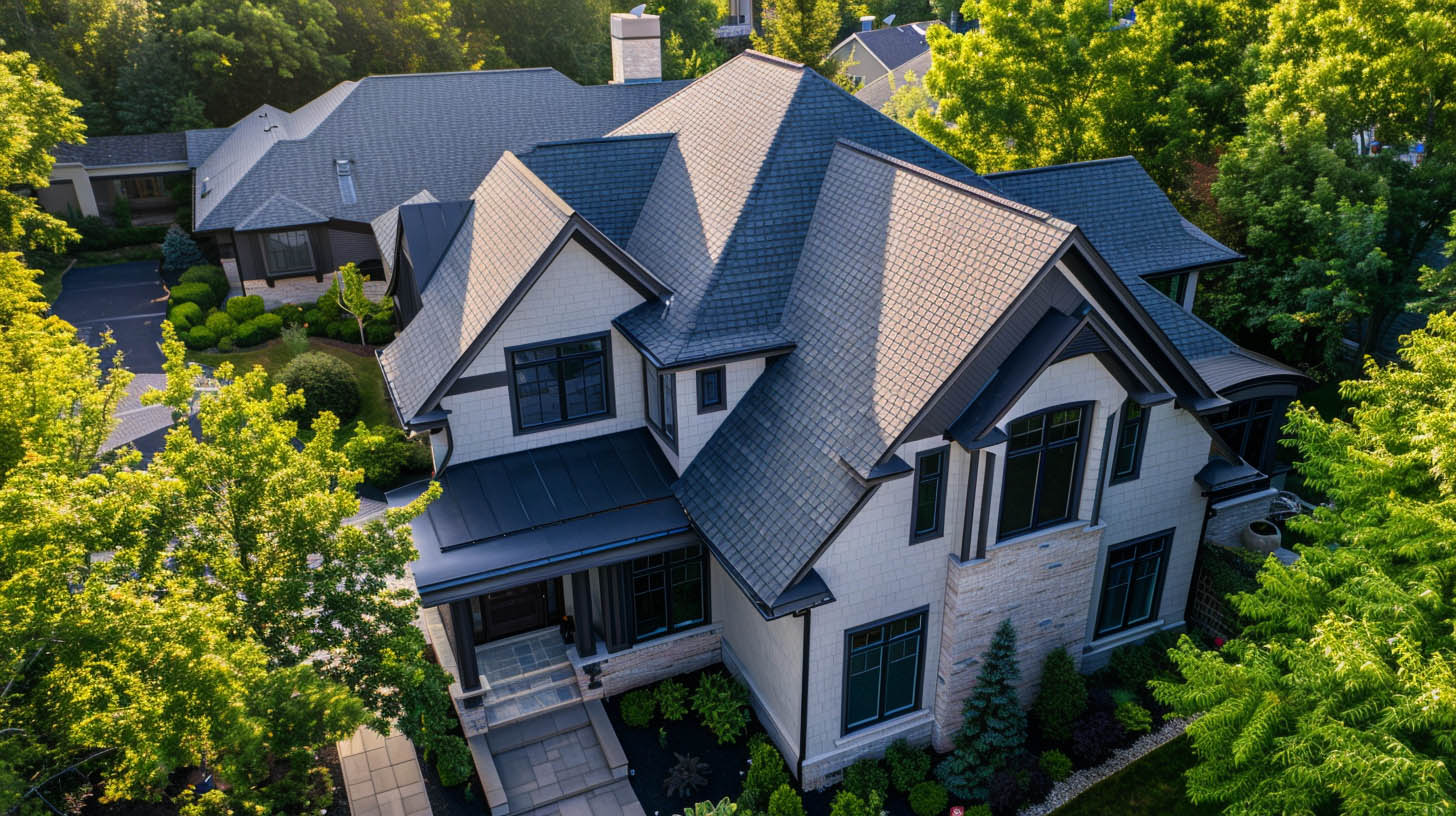
Metal Roofing Performance Across Seasons
Metal roofing offers outstanding weather resistance across varied climates, making it a preferred choice for many homeowners. Its ability to reflect heat reduces energy costs during hot summers, while enhanced insulation properties help maintain comfortable indoor temperatures in colder months. This roofing material withstands heavy snow loads without compromising durability and minimizes frequent maintenance due to its robust nature. However, local building codes and specific needs must be considered to optimize metal roofing performance throughout the changing seasons.
Roofing Solutions for Hot and Sunny Conditions
Selecting the right roofing materials for hot and sunny conditions involves careful consideration of options that enhance energy efficiency and reflect heat. Reflective coatings and materials, such as metal panels and clay tiles, minimize heat absorption, promoting cooler indoor temperatures. Additionally, cool roofs contribute significantly to energy savings during scorching summers, ensuring lower energy costs. With higher upfront costs often leading to long-term benefits, investing in these unique roofing solutions can provide durable protection while meeting local building codes and aesthetic standards.
Materials That Reflect Heat and Boost Energy Efficiency
Selecting roofing materials that effectively reflect heat is crucial for enhancing energy efficiency, especially in regions experiencing hot summers. Reflective coatings and lighter roofing colors can significantly reduce heat absorption, maintaining comfortable indoor temperatures. Utilizing materials like metal panels or specially designed asphalt shingles with reflective surfaces can minimize energy costs associated with cooling systems. Additionally, such roofing choices not only contribute to energy savings but also comply with local building codes, ensuring a sustainable solution for homeowners committed to environmental efficiency.
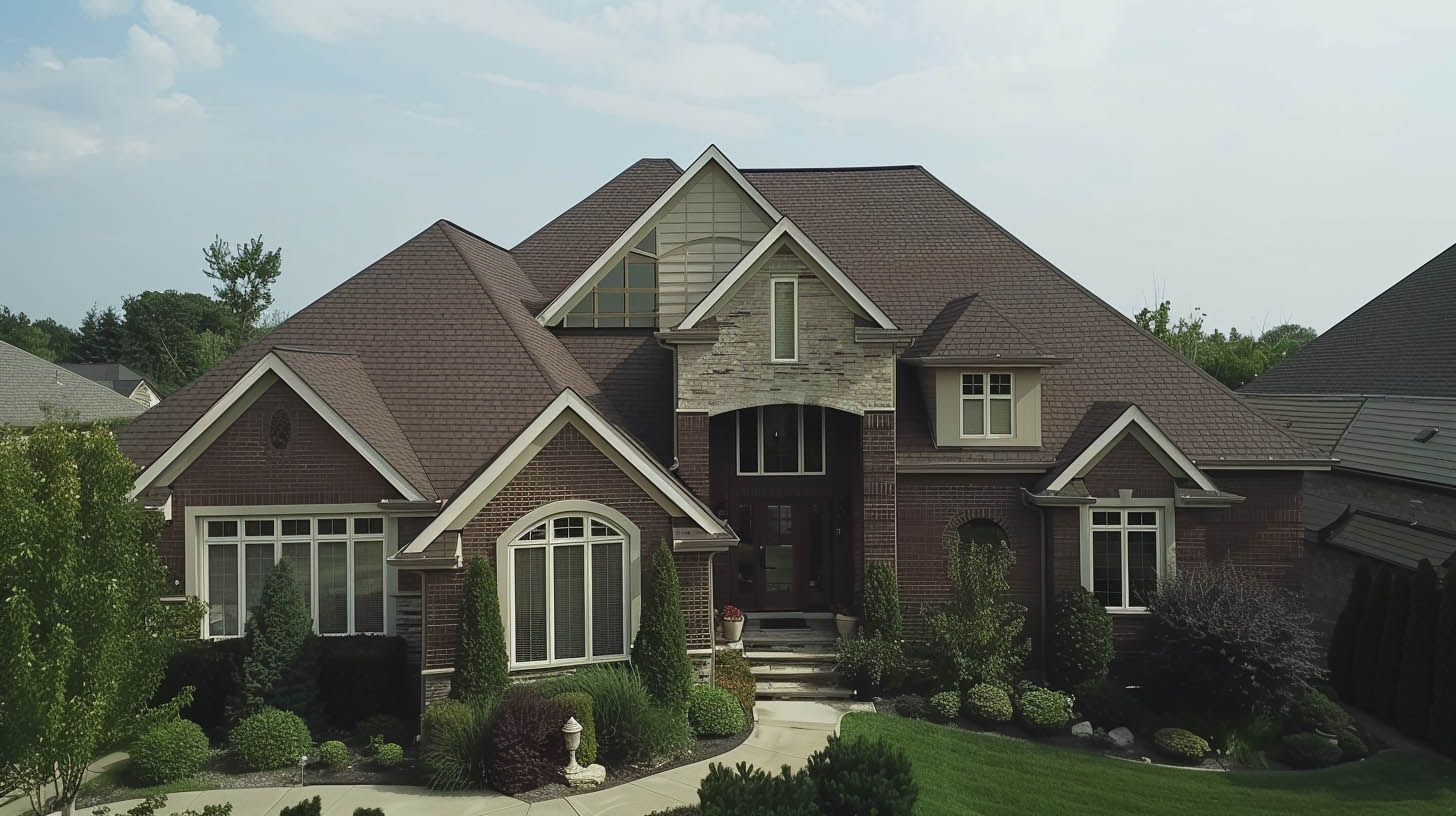
Benefits of Cool Roof Options for Illinois Summers
Reflective materials offer significant benefits for homes in Illinois during the hot summer months. By minimizing heat absorption, these roofs can substantially reduce indoor temperatures, thereby enhancing energy efficiency and leading to noticeable energy savings. Additionally, cool roofs often require minimal maintenance compared to traditional options, ensuring that homeowners can maximize their investment. With local building codes increasingly favoring energy-efficient designs, selecting cool roofing materials not only supports climate resilience but also contributes to a more sustainable living environment.
Best Roof Materials for Cold, Snowy, and Wet Weather
The harsh winters in Rockford, IL, demand roofing materials that can handle snowy climates and freezing temperatures. Your roof is your home’s first line of defense against heavy snow loads, ice, and moisture. That is why moisture resistance and excellent insulation are not just features to consider—they are necessities for any home in our area.
When selecting a roof, you need to be sure it can withstand the challenges of a Northern Illinois winter. Let’s explore the products and features specifically designed to offer superior protection when the weather turns cold and wet.
Roofing Products Built for Moisture Resistance and Insulation
Heavy rain or melting snow can damage your roof. Protect your home with moisture-resistant roofing products like high-quality GAF asphalt shingles, which use advanced sealing to prevent water penetration.
These systems form a watertight barrier and, combined with proper attic insulation, help regulate indoor temperature and prevent mold. Look for features such as:
- Advanced shingle adhesive to block wind-driven rain
- Properly installed underlayment for added protection
- Ice and water shields in vulnerable areas
- Efficient attic ventilation to minimize moisture
As a GAF Triple Excellence Award winner, our team expertly installs roofing systems for maximum moisture protection, ensuring every component keeps your home dry.
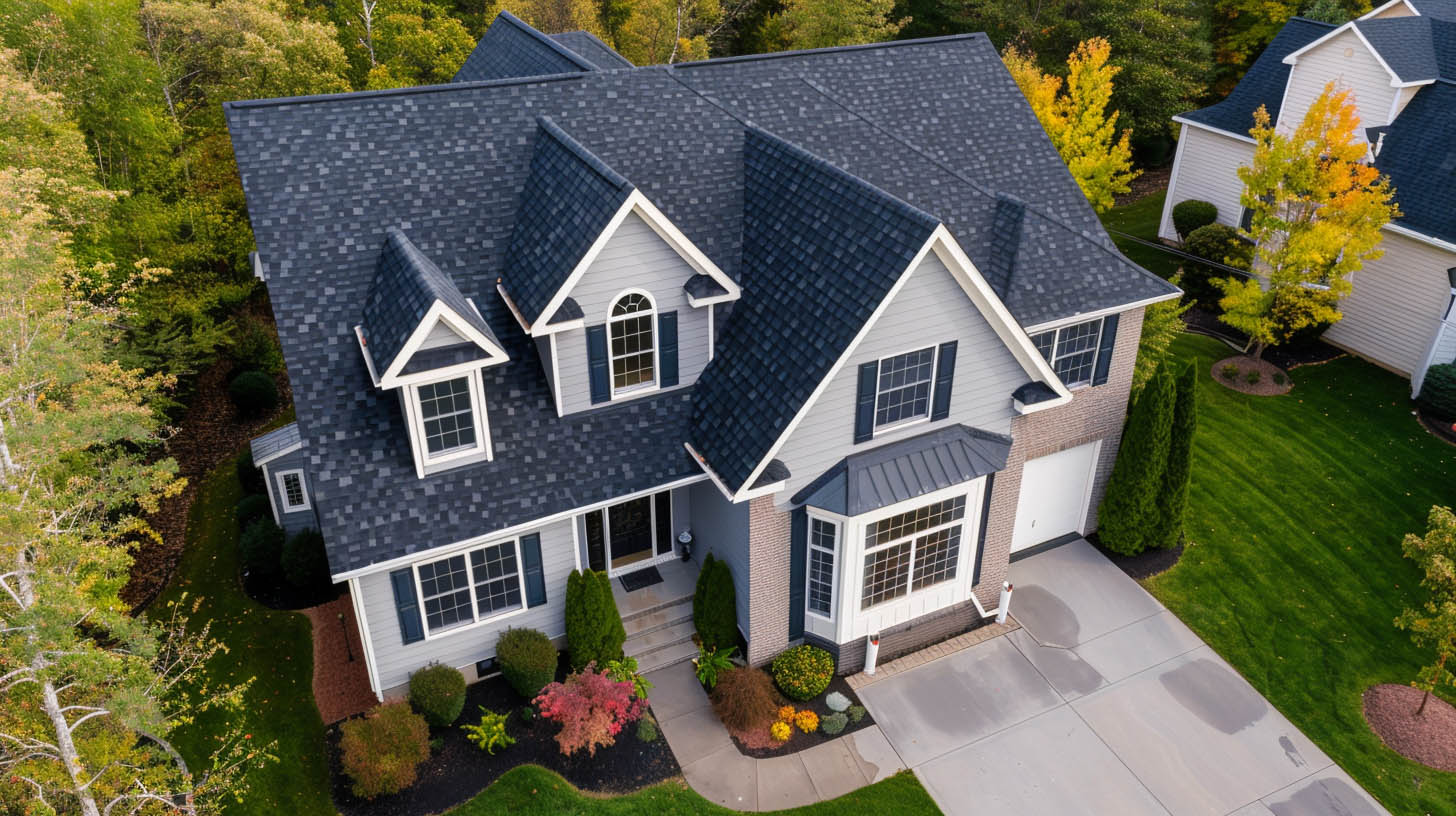
Durability and Protection During Illinois Winters
Durability is essential for withstanding harsh winters. Your roof must support heavy snow and resist damage from freeze-thaw cycles—making material quality crucial.
We recommend and install GAF composite shingles, engineered and rigorously tested for extreme weather. As a GAF President’s Club Award winner, we deliver expert installation of these top-tier systems.
Choosing a durable roof from Boss Roofing Siding Experts means long-term security. You can trust your home is protected by a system built to handle Illinois winters for years to come.
Conclusion
In summary, choosing roof materials suited to Rockford’s climate is essential for protecting your home. With nearly 20 years of experience, Boss Roofing Siding Experts recommends durable, energy-efficient solutions that withstand local weather. As a GAF Master Elite Contractor with a BBB A+ rating, we’re committed to keeping families safe. Contact us today for customized roofing quotes.
Frequently Asked Questions
What color roof is best for hot weather?
For hot weather, lighter-colored roofing materials are generally better. Colors like white, light gray, and tan are reflective materials that reduce heat absorption. These “cool roofs” help improve your home’s energy efficiency by keeping it cooler and lowering your air conditioning costs during the summer.
What is the best weather to install a roof?
The ideal weather for a roof installation is mild and dry. Temperatures that are not too hot or too cold allow asphalt shingles to seal properly. Your roofing contractor will also avoid days with high winds or rain to ensure a safe and effective installation process.
Read our blog: How Storm Damage Affects Your Roof Long-Term
